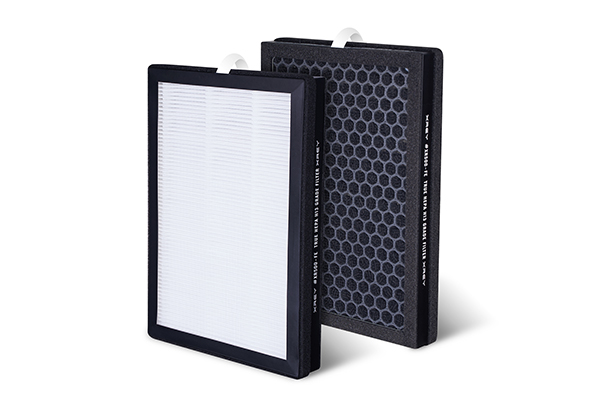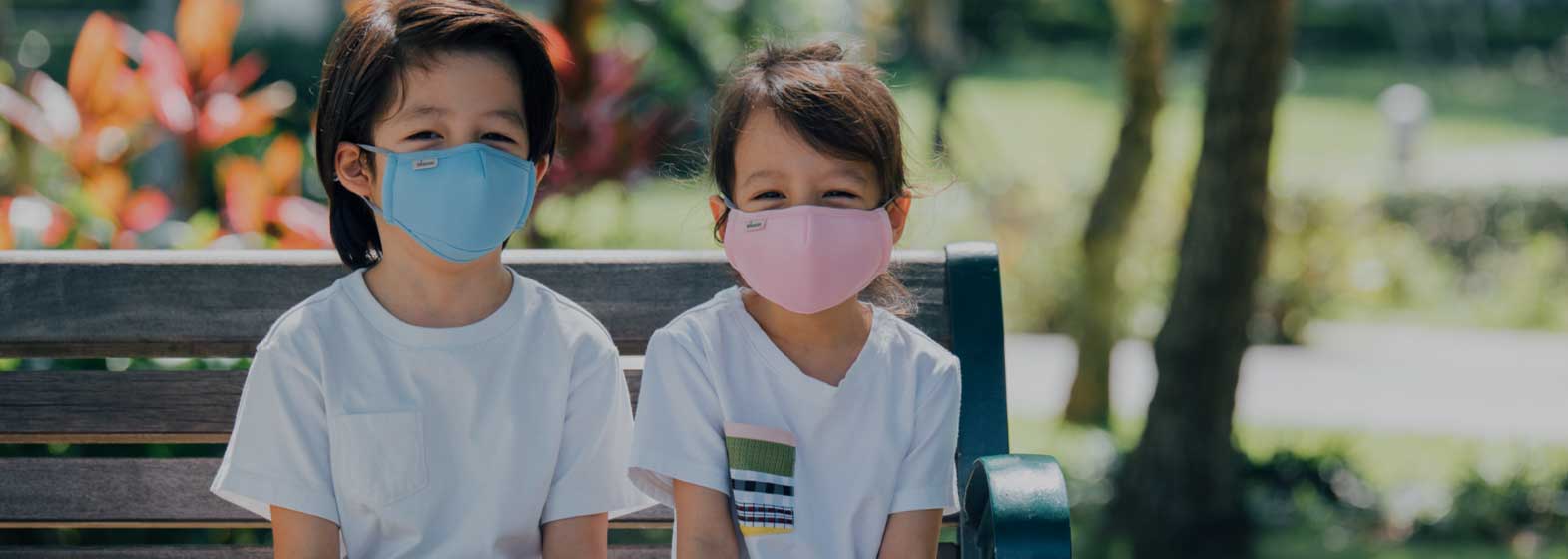
Cancer and COVID-19: Staying on Target With Telemedicine
- 2020-10-08
- 2225
With telemedicine, you can keep your doctors up to date on your health while lowering your chance of infection from other people.
Here’s how to get the best out of virtual visits.
Prep Your Setup
Telemedicine connects you to your doctor via technology while you stay in your home. These appointments can accomplish different things, including:
- Real-time checkups with a health care professional using video and audio
- Sharing results from lab tests and imaging tests
- Audio or written communication sent through an online patient portal or other messaging service
In order to use these virtual services, you’ll need a:
- Computer or laptop
- Tablet
- Smartphone or other phone
Before your appointment, there are things you should do to ensure you and your doctor can focus on the issues at hand during your time together:
- Find a quiet, private spot for your visit. If you’ll be using video, pick a place with good lighting. Headphones are a good tool, both for good sound quality and to keep the conversation between you and your doctor.
- Do a trial run of your audio and video with a friend to make sure you can see and hear them and they can see and hear you.
- Double check your internet connection to make sure it’s up to speed.
- Leave enough time to troubleshoot any problems that come up before your appointment starts.
You may have to download an app or register for your clinic’s specific telemedicine service. Contact your doctor’s office to find out which platform they use.
Know What Telemedicine Can Do for You
Although it won’t work for certain cancer care, there’s a lot telemedicine can do to keep you on track. You can use it for regularly scheduled appointments, to discuss lab results, or even for virtual emergency room visits. Over technology, you can access your medical team to:
- Talk about nutrition challenges
- Get referrals for specialists
- Learn more about new medicine or treatment
- Consult with a palliative care specialist for help managing symptoms of cancer or treatment
- Check in between treatments or after treatment ends
- Get help making lifestyle changes like diet and exercise, or help to quit smoking
Your doctor may also be able to use devices to monitor certain physical readings from your body. Remote patient monitoring uses digital tools to collect and send your health data to your doctor from your home. With the right tools, your doctor can track your:
- Vital signs
- Weight
- Blood pressure
- Blood sugar
- Blood oxygen levels
- Heart rate
If your oncologist wants this info, your doctor’s office will help get you set up with any devices you need.
Tips for a Good First Visit
Before you log in, check that you have everything in place. Make a list of your current symptoms and any questions you might have about your cancer or your treatment.
Once you know what your visit will be about, follow this checklist to get ready:
Be sure your issue works for telemedicine. Talk to your doctor’s office over the phone before you schedule your visit to see if your issue is one your doctor can address virtually.
Gather any paperwork you might need. Your visit may bring up insurance, medical history, or symptom questions. If you have records that can give you the info you need, have them handy. You may schedule your next appointment during your visit, too, so keep your calendar close by.
Find out about fees. Your insurance may or may not cover virtual visits. Check with your health insurance company to find out their policy on telemedicine coverage. The federal government has temporarily expanded Medicare coverage to include telemedicine visits during the COVID-19 outbreak.
-
 2022-04-26Are air purifiers environmentally friendly ?
2022-04-26Are air purifiers environmentally friendly ? -
 2022-04-26The importance of wearing a mask correctly
2022-04-26The importance of wearing a mask correctly -
 2022-04-27Connexions Air H13 True HEPA Filters
2022-04-27Connexions Air H13 True HEPA Filters -
 2022-04-29What is the use of anion function of air purifier?
2022-04-29What is the use of anion function of air purifier? -
 2022-05-08Standardize the wearing of masks, children should not be missed!
2022-05-08Standardize the wearing of masks, children should not be missed! -
 2022-05-16Hazy days, air purifiers are useful?
2022-05-16Hazy days, air purifiers are useful? -
 2022-05-16Attention everyone! Don't buy fake FFP2 masks! How do we identify?
2022-05-16Attention everyone! Don't buy fake FFP2 masks! How do we identify? -
 2022-05-17Pay attention to secondary pollution when using air purifiers
2022-05-17Pay attention to secondary pollution when using air purifiers -
 2022-05-17TOP5 pollutants that the purifier can purify
2022-05-17TOP5 pollutants that the purifier can purify
-
 2020-06-02Why do Face Masks Matter With This Coronavirus
2020-06-02Why do Face Masks Matter With This Coronavirus -
 2020-06-02How to Wear Mask
2020-06-02How to Wear Mask -
 2020-06-02Three Principles of Choice of Masks
2020-06-02Three Principles of Choice of Masks -
 2020-06-022020 Situation of Mask Market
2020-06-022020 Situation of Mask Market -
 2020-06-17What other preventative measures can you take to protect yourself from airborne substances?
2020-06-17What other preventative measures can you take to protect yourself from airborne substances? -
 2020-06-08The Advantage of Disposable Face Masks
2020-06-08The Advantage of Disposable Face Masks -
 2020-06-093 Ply Disposable Face Mask & Soft & Comfortable Ear Loop
2020-06-093 Ply Disposable Face Mask & Soft & Comfortable Ear Loop -
 2020-06-17What are the regulations for surgical face masks?
2020-06-17What are the regulations for surgical face masks? -
 2020-06-09Do I need to wear a face mask if I am quarantined?
2020-06-09Do I need to wear a face mask if I am quarantined?
CONTACT US


Connexions Technology (Dongguan) Ltd.
We are always providing our customers with reliable products and considerate services.
If you would like to keep touch with us directly, please go to contact us
